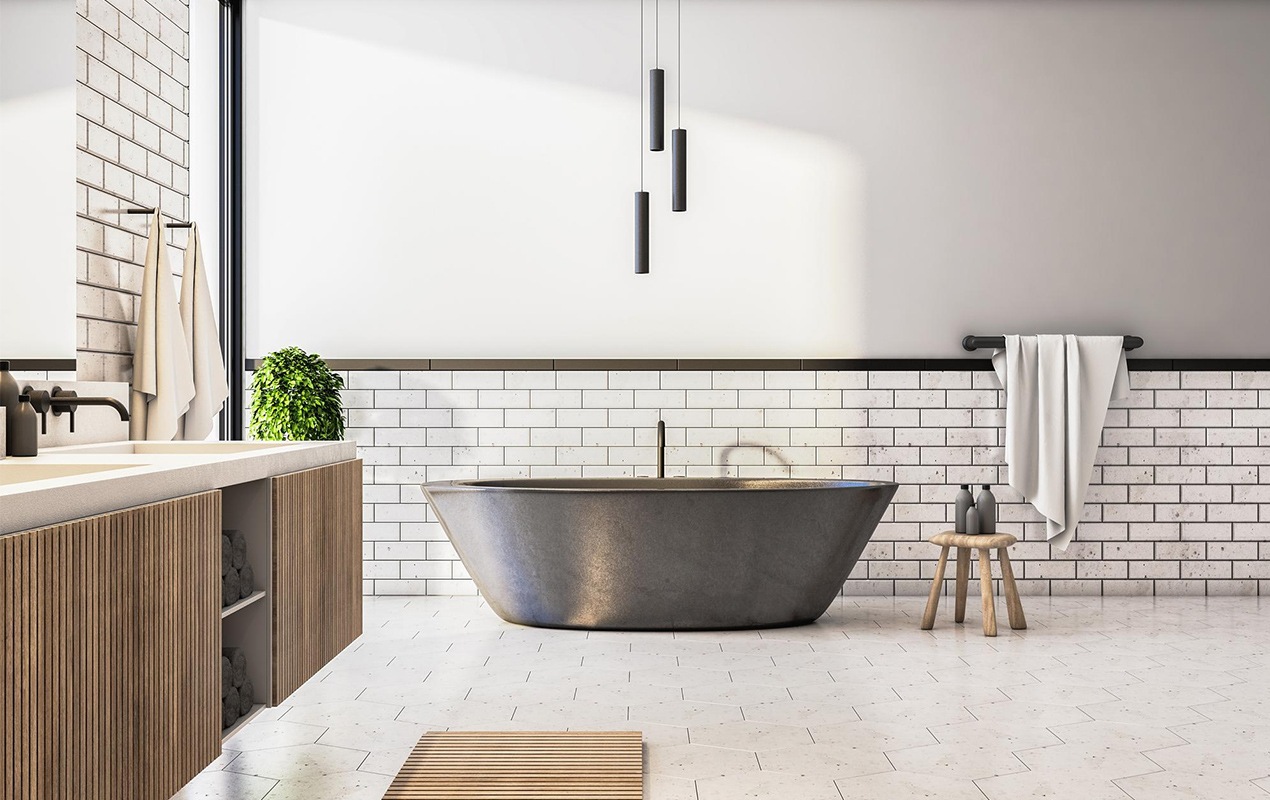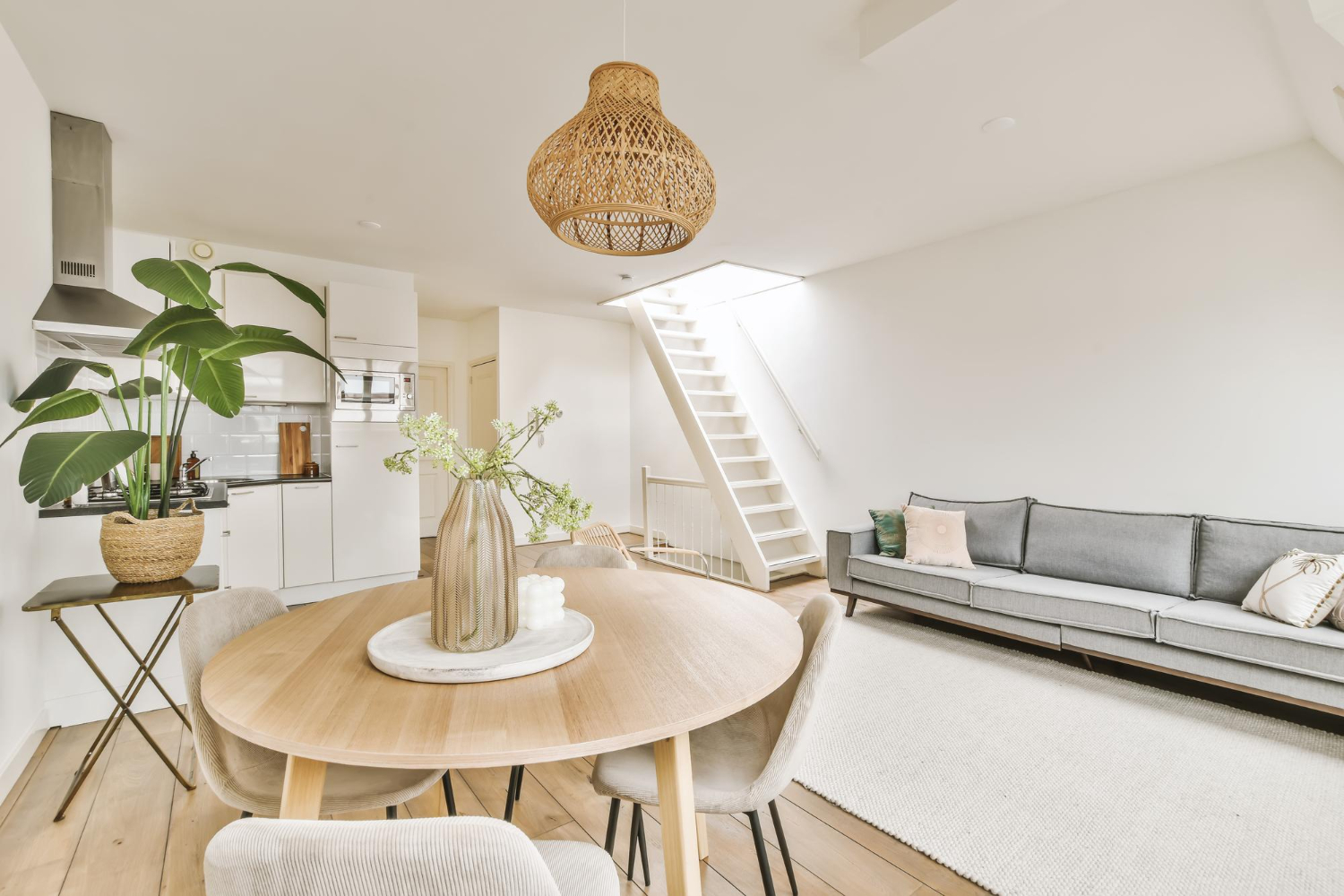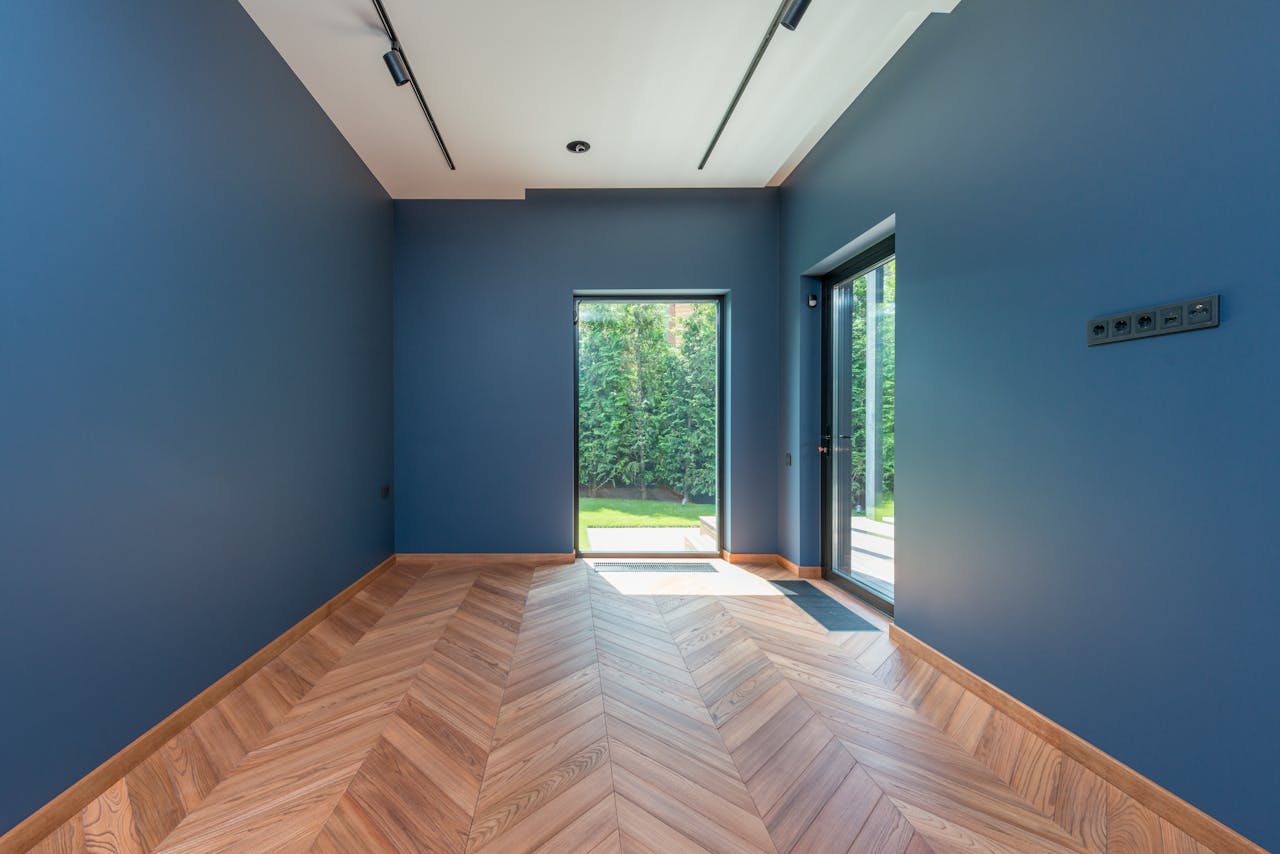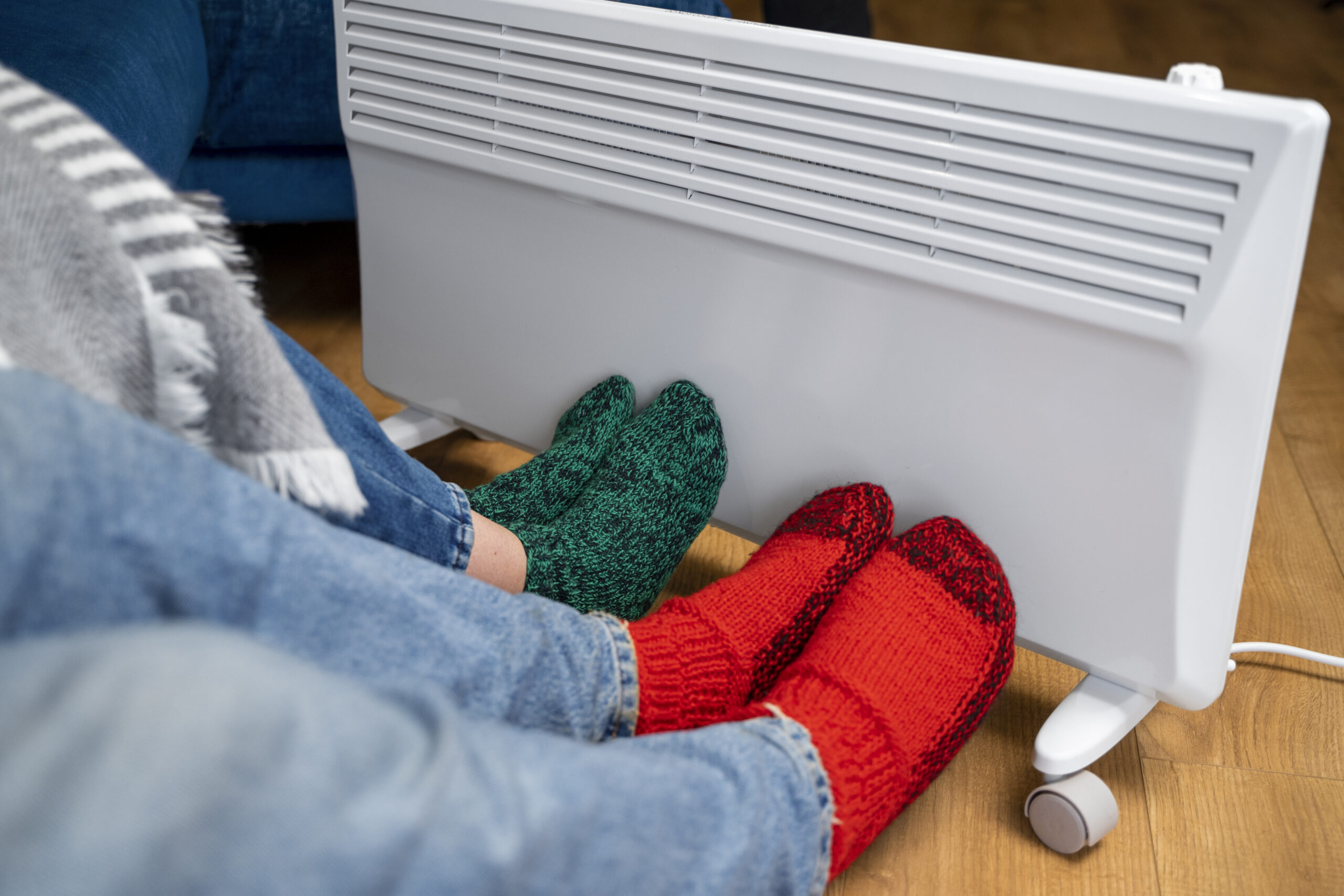Blog
How Effective Water Flow Solutions Protect Modern Outdoor Spaces
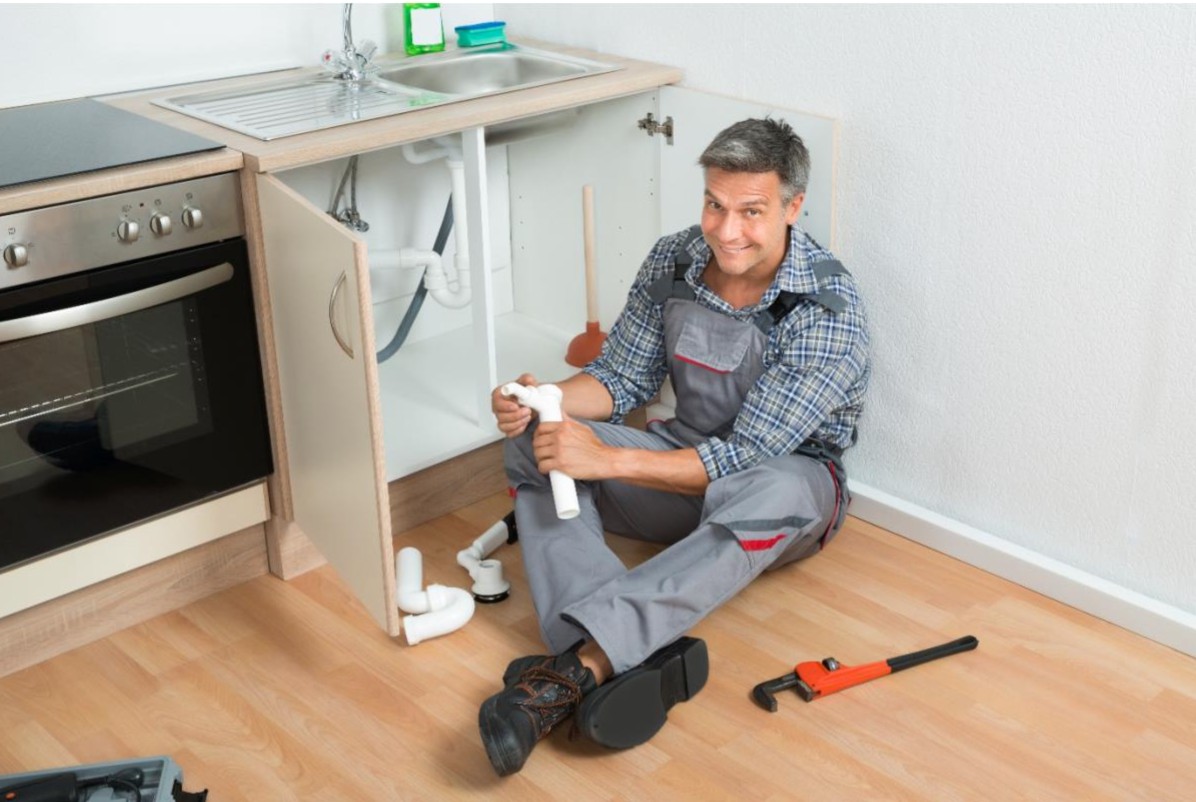
Modern outdoor spaces have become an important extension of the home. Gardens, patios and landscaped areas are now used for social gatherings, relaxation, outdoor cooking and even working. With this growing reliance on outdoor living, the condition of these spaces has become a priority for many homeowners.
One of the most important factors that influences the longevity and usability of outdoor environments is effective water flow management. When water is not directed, drained or maintained correctly, it can damage surfaces, weaken structures and create ongoing problems that reduce the enjoyment and value of the property.
Many homeowners have become more aware of the importance of maintaining proper water flow because outdoor areas experience a greater variety of environmental pressures than indoor spaces. Heavy rain, soil movement, blocked channels and poor drainage designs can create conditions that encourage flooding and structural damage.
Services such as a drain unblocking expert have helped many households address these problems early and restore the safety and functionality of their gardens and outdoor areas.
Why Water Flow Matters in Outdoor Environments
Water flow is one of the most influential elements in outdoor design. When managed correctly, it protects soil, prevents water buildup and preserves structural features. When ignored, it creates persistent issues that are far more expensive to repair.
Even the most beautifully designed outdoor space can deteriorate if water is unable to move freely. Puddling, soil erosion and plant damage often begin gradually but become more visible over time. Hard landscaped areas such as paved patios or stone pathways are particularly vulnerable because they are not designed to absorb moisture. Water accumulation can seep into small gaps, weaken the foundation and encourage algae growth that creates slippery surfaces.
Good water flow design ensures that all areas remain usable. It directs excess water away from the home and prevents saturated patches that ruin grass or planting beds. This is essential for maintaining an outdoor space that looks attractive and remains safe for everyday use.
Common Water Flow Problems in Modern Outdoor Areas
Many homeowners encounter similar drainage issues regardless of the style or size of their outdoor space. Identifying these problems early helps prevent the need for major repairs.
1. Saturated Soil and Standing Water
Prolonged rainfall can cause soil to become saturated, leaving no place for water to drain naturally. This often leads to standing water that damages plants and creates unpleasant odours. If left untreated, the ground can become unstable and unsuitable for outdoor furniture or heavy objects.
2. Blocked Garden Drains
Garden drains frequently collect leaves, mud and debris that gradually restrict water movement. When these drains are not cleared regularly, water has no exit point and eventually floods paved areas and lawns.
3. Overflowing Gutters
Gutters that are obstructed by leaves and moss can overflow during heavy rain. This causes water to spill around the base of the house which weakens foundations and causes damp patches on walls.
4. Patio and Driveway Pooling
Poor installation, uneven surfaces or insufficient drainage points often cause water to pool on patios and driveways. This water can freeze in winter, creating safety hazards.
5. Erosion of Garden Beds
Water that flows too quickly across soil can remove nutrients and break down the structure of the garden bed. This results in poor plant growth and untidy patches in landscaped areas.
How Effective Water Flow Solutions Protect Outdoor Spaces
Proper drainage solutions offer numerous benefits that extend the lifespan and beauty of a garden or outdoor area. These measures also help protect the home itself by preventing water from reaching vulnerable areas.
Improved Structural Stability
Water that stays on a surface for too long can damage paving, decking and retaining walls. Effective drainage routes water away and ensures that outdoor structures remain strong and durable.
Enhanced Safety
Slippery surfaces caused by water buildup or algae growth pose a safety risk. Clear drainage reduces these hazards and keeps pathways, patios and steps safe.
Preserved Plant Health
Too much water is just as harmful to plants as too little. Correct water flow ensures that planting beds receive the right amount of moisture and prevents root rot or soil erosion.
Better Use of Space
A well drained garden is easier to enjoy throughout the year. Homeowners can use patios, lawns and seating areas even after rainfall without worrying about soggy surfaces or muddy patches.
Practical Ways to Improve Water Flow in Outdoor Spaces
There are several practical methods that homeowners can apply to support better drainage and water management in their outdoor areas.
1. Regular Clearing of Drains and Gutters
Keeping outdoor drains and gutters free from debris ensures that water can move as intended. Regular checks, especially before rainy seasons, prevent blockages and reduce the chance of overflow.
2. Installing French Drains
A French drain uses a buried pipe surrounded by gravel to redirect water away from a troubled area. This method is ideal for gardens that experience regular waterlogging.
3. Creating Drainage Channels
Channel drains positioned along the edges of patios or driveways can carry water away effectively. These channels guide water into a safe exit point and prevent pooling.
4. Improving Soil Structure
Adding organic matter to soil improves its ability to absorb water. This reduces the chance of surface flooding and supports healthier plant growth.
5. Levelling and Regrading
Poorly levelled surfaces can trap water. Regrading the land ensures that water flows towards an appropriate drainage area.
6. Using Permeable Surfaces
Replacing solid surfaces with permeable materials allows water to pass through instead of accumulating on top. This method helps manage water naturally and sustainably.
The Role of Maintenance in Long Term Water Flow Success
Even well designed drainage systems require care. Simple maintenance practices can keep outdoor spaces performing well for many years.
Key maintenance steps include:
- Inspecting drains and gutters regularly
- Checking for early signs of flooding or slow drainage
- Removing leaves and debris from outdoor areas
- Monitoring paved surfaces for dips or cracks
- Maintaining garden beds to prevent soil erosion
These tasks can be completed quickly but make a significant difference in how effectively the outdoor space handles water.
The Future of Outdoor Water Management
Modern outdoor design is increasingly influenced by sustainable approaches. Many homeowners now choose solutions that support both practicality and environmental care. Rainwater harvesting, permeable surfaces, improved soil systems and smart drainage sensors are becoming more common. These innovations not only protect the garden but also reduce waste and support responsible water use.
Conclusion
Effective water flow solutions play a vital role in protecting modern outdoor spaces. They ensure that gardens, patios and landscaped areas remain safe, attractive and long lasting. By understanding common problems and adopting practical solutions, homeowners can prevent costly damage and enjoy their outdoor spaces with confidence. With the right approach to water management, every outdoor area can remain functional and beautiful throughout the year.





